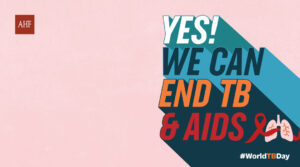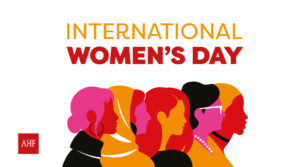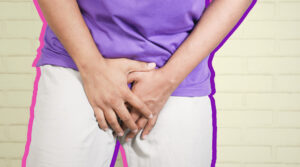According to official reports, there is a case so far unique in the world in which a state will manage to eliminate HIV by 2025, that is, five years before the global goal, set for 2030.
This is New South Wales, a state located southeast of Australia with a population of just over 8 million people. The goal could be reached in the next three years given the low number of new HIV cases detected during 2021.
According to The Sydney Morning Herald, this significant drop in cases could be related to two factors, one is the widespread use of drugs that prevent HIV (the treatment known as PrEP) and the other is the decline in relationships casual sex due to lockdowns imposed by the COVID-19 pandemic.
A conjugation of factors
The New South Wales Ministry of Health recorded a total of 178 new HIV infections during 2021, a 36% reduction compared to the average of the last five years.
Interestingly, the COVID-19 pandemic benefited the goal of eradicating HIV as a public health problem, raised by UNAIDS. Professor Andrew Grulich, leader of the Epidemiology and Prevention Program at the Kirby Institute of the University of New South Wales, considered that “the world is paying attention to what we are doing. The reduction (in cases) is definitely real, but it was accelerated by the restrictions due to COVID-19.”
From his perspective, the low number of new cases is due, in part, to people engaging in less risky behavior and lower levels of sexual activity. To this we must add that there was a very slight decrease in HIV detection tests, a service of which the same could not be said in other countries of the world, since it is known that medical services related to HIV were seriously affected during the first two years of the pandemic.
The state of New South Wales is an exceptional case, as the drop in testing was just 12% from 2019, and the testing rate increased during the last quarter of 2021 as the state ended quarantined by COVID-19.
“Given that, as people are coming out of their post-pandemic shelters, more and more people are taking PrEP, we have real potential to drive HIV to elimination,” Grulich said. “It is critical that those who have stopped their regular HIV testing get back to it.”
It must be remembered that PrEP treatment has a very high effectiveness. If a person who does not have HIV takes it regularly (the most widely used schedule is the one consisting of one daily tablet), they have 99% protection against the possibility of acquiring HIV through sexual contact.
Data speaks
HIV testing in sexual health clinics has dropped significantly since mid-2020, and although there was an increase in demand between October and December, the tests carried out only accounted for 58% of those taken carried out during the same period of 2019.
Regarding people who started taking PrEP, there was a 61% increase between October and December 2021 compared to the same quarter of 2020, but the number of people who started treatment was lower than in the years before SARS-CoV -two.
However, not everything is due to the pandemic. New HIV cases in New South Wales had already been on the decline between 2015 and 2019, with a 20% drop overall and 25% among men who have sex with men (one of the most affected populations in the country).
Regarding this group, Gurlich warned that it is necessary to focus on reducing new infections in young men who were born outside the Australian territory and in those who live in suburban areas of Sydney, the state capital.
Around the world, two important strategies to end HIV are protection and detection. At AHF Latin America and the Caribbean we work so that these and other services reach everyone who needs them, in a professional environment free of discrimination. If you want to take a free HIV test or want to get free condoms, come to our offices in your country or write to us on Whatsapp.






